Explore the Almeria Alcazaba
We explore the Ameria Alcazaba perched on a citabel above the city and showcase the historic sites, gardens and inside visit to this spectacular fortress and attractions inside the Alcazaba.
The Alcazaba in Almeria is quite massive and rightly so, it is the largest Moorish fortress standing in Spain and remains one of the most historic Islamic influences in Southern Spain and Andalusia outside of the Alhambra in Granada and in Seville.
I loved visiting the Alcazaba and exploring the ruins and natural settings still in its current and raw state, envisioning how majestic and impressive this large fortress is and spanning a large part above the city of Almeria with panoramic views over the entire coastline area of the region. The views from the top of the citadel are truly spectacular and I share some of the historic and sites to visit around this historic fortress for you to understand a little bit about this iconic monument.
If you have time to explore Almeria, then head first to visit the Alcazaba here to spend some time exploring the gardens, ramparts, ruins and the amazing views of the city from above the citadel.
Almeria Alcazaba – Historic fortress and castle with stunning views above the city
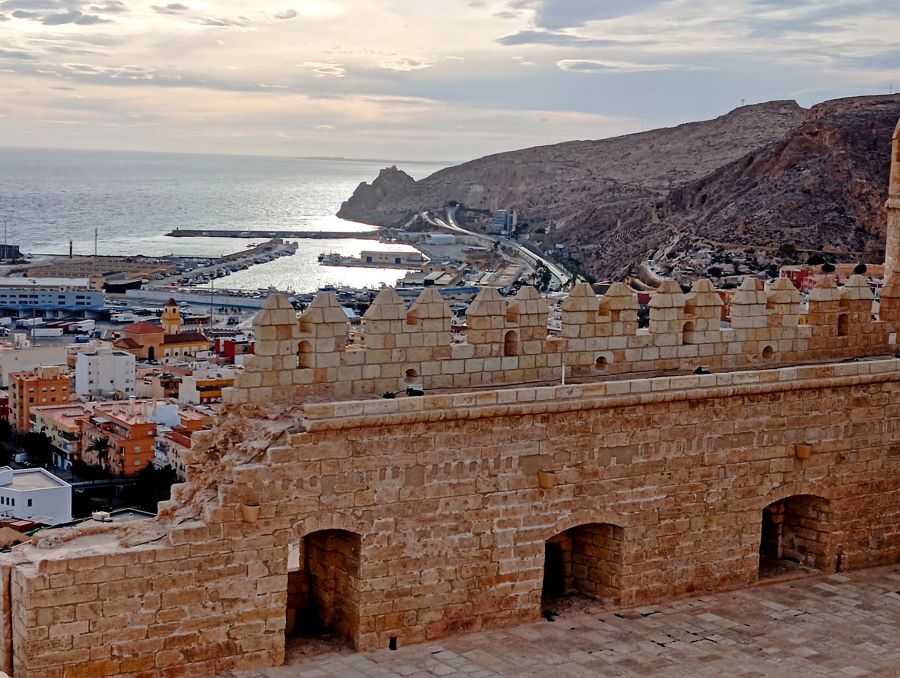
A brief history about the Alcazaba of Almeria
The Alcazaba of Almería is a large Moorish fortress that overlooks the city of Almería in southern Spain. Its history dates back to the 10th century, when it was built under the orders of Abd-ar-Rahman III, the Caliph of Córdoba, around 955 AD. At the time, Almería was becoming an important port city, and the fortress was meant to defend it while also serving as a seat of government and residence for local rulers.
The Alcazaba was expanded over the centuries, especially during the Taifa period when Almería was an independent kingdom. After the Christian Reconquista in the late 15th century, the fortress saw additional changes under the Catholic Monarchs, who added Renaissance elements and military reinforcements.
Today, the Alcazaba stands as one of the most impressive Islamic fortresses in Spain, with three enclosures: the first for military purposes, the second housing palaces and gardens, and the third built by the Christians for defense. Its high walls, towers, and sweeping views of the city and coastline reflect both its strategic value and architectural evolution over time.

Where is the Alcazaba in Almeria located
The Alcazaba of Almería is located in the heart of Almería city, in the Andalusia region of southern Spain. It sits on a hilltop overlooking the old town and the port, making it easy to spot from many parts of the city. The main entrance is near Plaza de la Constitución (also known as Plaza Vieja), and it’s within walking distance from other key landmarks in the historic center. Its elevated position offers wide views of the Mediterranean Sea, the city below, and the surrounding desert landscape.
How to get to the Alcazaba
Getting to the Alcazaba of Almería is straightforward, whether you’re exploring on foot or using public transportation.
On Foot
If you’re staying in or near the city center, the Alcazaba is just a short walk away. Located on Calle Almanzor, it’s about a 5-minute walk from the Cathedral of the Incarnation. The fortress sits atop a hill, so be prepared for a bit of an uphill stroll, but the views are worth it. (Andalucia Lovers)
By Bus
Several city bus lines serve the area around the Alcazaba:
- Line L1: This line connects Puerta de Purchena with the Alcazaba, making it convenient for those coming from the historic center. (Wikipedia)
- Lines L6, M-301, M-380, M-383: These lines have stops near the Alcazaba, such as Plaza De La Administración Vieja (about a 4-minute walk) and Avenida Del Mar 106 (approximately an 8-minute walk). (Moovit)
Bus services typically run from early morning until late evening, but schedules can vary, so it’s a good idea to check the latest times before you travel.
By Car
Driving to the Alcazaba is possible, but parking can be challenging due to limited spaces nearby. The closest parking facility is the Parking Plaza del Ayuntamiento Almería, which is about a 10-minute walk from the fortress. If you’re staying in the city, consider leaving your car at your accommodation and walking or taking public transport.
Opening Hours & Admission
- Opening Hours: From April 1 to June 15, the Alcazaba is open Tuesday to Saturday from 10:00 AM to 8:30 PM, and on Sundays and holidays from 10:00 AM to 5:00 PM. It’s closed on Mondays.
- Admission: Entry is free for EU citizens. For visitors from other countries, the fee is €1.50.
For the most accurate and up-to-date information, it’s advisable to check the official website or contact the Alcazaba directly before your visit.
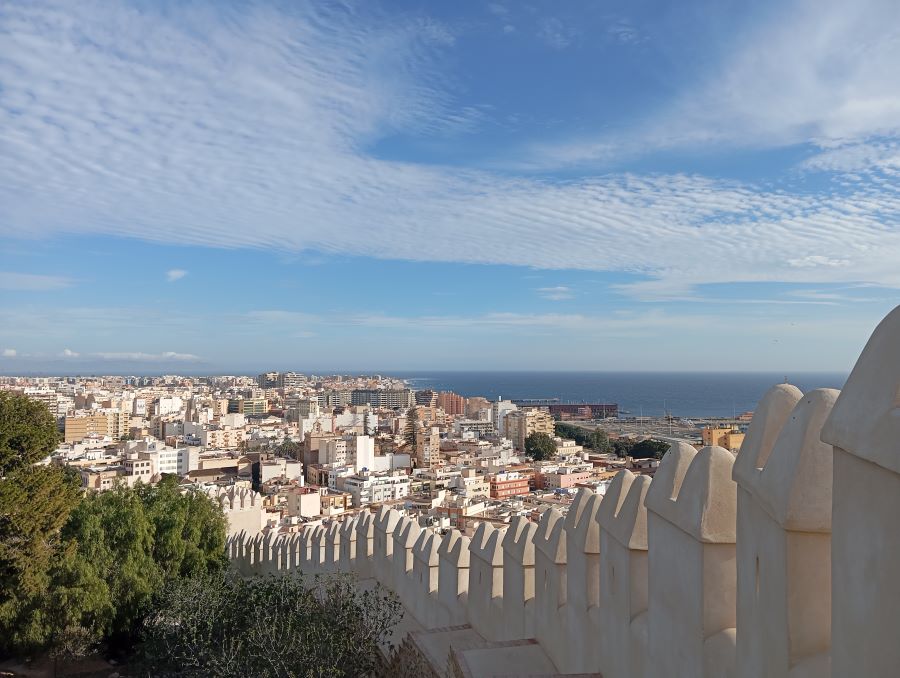
Here’s some highlights and attractions to explore at the Alcazaba
![The Alcazaba of Almería, perched above the city, is a sprawling fortress complex that reflects centuries of layered history. Its three enclosures each tell a distinct story. The first enclosure, originally a military camp, now features landscaped gardens and remnants of cisterns that once stored water for the population during sieges. The second enclosure served as the palatial residence of Muslim rulers in the 11th century, housing structures like baths, a mosque, and administrative buildings. The third enclosure, added after the Christian conquest in 1489, includes a castle with semicircular towers and a parade ground, designed to withstand artillery of the time. Together, these spaces offer a tangible journey through Almería's diverse cultural and architectural heritage. ([cuevasandalucia.es][1], [Military Wiki][2]) [1]: https://www.cuevasandalucia.es/es/activities/alcazaba-almeria?utm_source=chatgpt.com "Alcazaba Almeria - Cuevas Andalucia" [2]: https://military-history.fandom.com/wiki/Alcazaba_of_Almer%C3%ADa?utm_source=chatgpt.com "Alcazaba of Almería | Military Wiki | Fandom"](https://visitspainandmediterranean.com/wp-content/uploads/2025/05/Almeria-City-looking-up-to-alcazaba.jpg)
Explore the Three Enclosures
The Alcazaba of Almería, perched above the city, is a sprawling fortress complex that reflects centuries of layered history. Its three enclosures each tell a distinct story. The first enclosure, originally a military camp, now features landscaped gardens and remnants of cisterns that once stored water for the population during sieges. The second enclosure served as the palatial residence of Muslim rulers in the 11th century, housing structures like baths, a mosque, and administrative buildings. The third enclosure, added after the Christian conquest in 1489, includes a castle with semicircular towers and a parade ground, designed to withstand artillery of the time. Together, these spaces offer a tangible journey through Almería’s diverse cultural and architectural heritage.
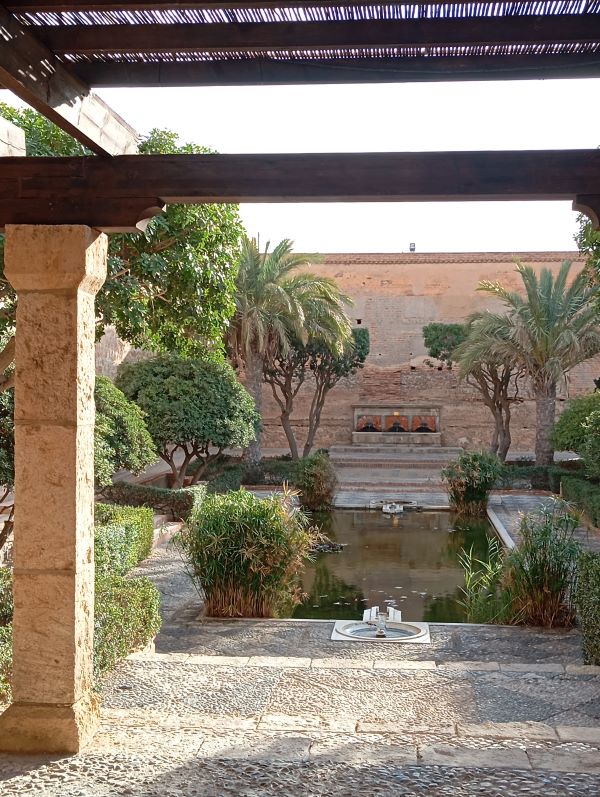
- First Enclosure (Outer Ward)
This enclosure housed the living quarters and baths and was the most densely built area of the Alcazaba. Today, it is filled with gardens, the Saliente Bastion, the La Vela Wall and the bell of Santa María la Mayor church.
-
- Originally used for military purposes
- Features large open spaces and remains of ancient buildings
- Offers panoramic views of the city and port
- Second Enclosure (Residential Area)
The second enclosure contains the palace buildings including Los Aljibes building (the caliphs’ water cisterns), the Mudejar shrine, the military baths and a typical Muslim home which has been rebuilt from its foundations so you can explore these areas and get a glimpse of what royal life was like.
-
- Includes the remains of Moorish palaces and gardens
- Tranquil reflecting pools and Islamic-style landscaping
- Ruins of living quarters and a mosque converted into a church
- Third Enclosure (Christian Fortress)
The main elements in the third enclosure comprises of the Keep, the Noria del Viento tower and the Pólvora tower withing the Christian section.
-
- Built after the Christian conquest
- More fortified with thick walls and towers
- Designed for artillery and defense
II. Visit the Torre de la Vela (Watchtower)
The Torre de la Vela, or Watchtower, is one of the standout features of the Alcazaba of Almería, offering commanding views over the city and the Mediterranean coastline. Built during the Christian phase of the fortress in the late 15th century, it was designed as a lookout and defensive structure, helping guard against potential invasions by sea. The tower is solid and imposing, with thick stone walls and a strategic location that made it ideal for surveillance and signaling. From the top, visitors can take in panoramic vistas that highlight both the rugged landscape of Almería and the architectural sprawl of the old town below. It’s a peaceful yet powerful reminder of the region’s layered military past.
- Offers one of the best lookout points in the fortress
- Great for panoramic photos of Almería and the Mediterranean
III. Walk the Defensive Walls and Towers
Walking the defensive walls and towers of the Alcazaba of Almería gives you a real sense of the scale and strength of this ancient fortress. The thick stone ramparts stretch along the hillside, linking a series of towers that once served as lookout points and strongholds against attack. As you follow the walkway, you can imagine the soldiers who once patrolled these paths, keeping watch over the coastline and city below. The views from the walls are impressive, offering a mix of sea, desert, and urban scenery. Each section of the wall reveals something about the fortress’s evolution—its Moorish roots and later Christian additions—making the walk both scenic and historically rich.
- You can stroll along parts of the ramparts
- Enjoy sweeping views and appreciate the scale of the structure
IV. Check Out Archaeological Remains
Checking out the archaeological remains at the Alcazaba of Almería lets you uncover layers of history buried beneath the fortress walls. Scattered throughout the site are remnants of ancient structures like cisterns, baths, and foundations that reveal how people lived, worked, and defended themselves here centuries ago. These ruins provide a glimpse into the daily life of the Muslim rulers who built and expanded the fortress, as well as later Christian modifications. Exploring these remains helps piece together the story of Almería’s past, showing how this strategic location evolved through time and offering a deeper appreciation for the skill and effort behind its construction.
- Foundations of old homes, cisterns, and workshops
- Informational panels throughout provide historical context
V. See the Gardens and Water Features
The gardens and water features of the Alcazaba of Almería offer a peaceful retreat within the fortress’s historic walls. In the first enclosure, you’ll encounter formal gardens with neatly trimmed hedges, rose bushes, and a shaded pond fed by an acequia, reflecting the Islamic emphasis on harmony between architecture and nature. The second enclosure reveals remnants of the palatial complex, including a water lily pond and a caliphal cistern system that once supplied the fortress with water via ceramic pipes and settling basins. These elements not only served practical purposes but also provided a sense of tranquility, illustrating the Moorish appreciation for water as both a life-sustaining and aesthetic feature. Strolling through these gorgeous spaces and giving a nice visual representation of what these segments looked like.
- Recreated Moorish gardens in the second enclosure
- Reflect traditional Andalusian-Moorish design with channels and fountains
VI. Photography Opportunities
- Stunning architecture, ancient stonework, and city views
- Sunset and golden hour light are ideal for capturing the site
VII. Attend Cultural Events (Seasonal)
Almería’s cultural calendar is packed with seasonal events that reflect its rich traditions and lively community spirit. In February, Carnival brings the city to life with colorful costumes, street parades, and the quirky “Friki Show,” culminating in the symbolic burning of the sardine on the beach. Easter week features solemn processions through the historic center, a tradition dating back to the 16th century and now recognized as an event of National Tourist Interest in Andalusia. June’s Noche de San Juan sees locals gathering on the beaches to light bonfires, enjoy live music, and partake in rituals like jumping over waves for good luck. In August, the Feria de Almería honors the Virgen del Mar with a week of festivities, including daytime tapas fairs, nighttime concerts, and a solemn maritime procession. October brings the Almería Western Film Festival to Tabernas, celebrating the region’s cinematic heritage with screenings and reenactments. These events offer visitors a chance to experience the city’s vibrant culture and community traditions throughout the year.
Check out the calendar of events on Turismo de Almería, for more updates and information.
- Occasional open-air concerts, theater performances, and festivals
- Often scheduled in summer or during special holidays
Tips to visiting
Here are some practical and helpful tips for visiting the Alcazaba of Almería:
Go Early or Late in the Day
- The site is exposed to the sun, so visiting early in the morning or later in the afternoon avoids the heat, especially in summer.
- These times also mean fewer crowds and better lighting for photos.
Wear Comfortable Shoes
- Expect uneven surfaces, cobblestones, and gentle inclines as you explore the large site.
- Good walking shoes will make a big difference.
Bring Water and Sun Protection
- There’s little shade, and the Andalusian sun can be intense.
- Bring water, a hat, and sunscreen to stay comfortable.
Don’t Forget Your Camera or Phone
- The Alcazaba offers some of the best views of the city and coastline.
- The blend of Islamic and Christian architecture also makes for striking shots.
Combine It with a Walk Through the Old Town
- The fortress is right above the historic center, so it’s easy to explore both in one trip.
- Stop by Plaza Vieja, the cathedral, and nearby tapas bars afterward.
Pick Up a Map or Use the Info Panels
- There’s limited signage, but some areas have useful historical panels in English and Spanish.
- A map helps you understand the layout of the three enclosures and highlights you might miss otherwise.
Check Entry Rules
- Entry is free for EU citizens and just €1.50 for others.
- Bring ID if you’re from the EU in case they ask.
Closed on Mondays
- Plan your visit on any day except Monday, when it’s closed to the public.
Guided Tours Available
- For deeper context, guided tours are sometimes offered in Spanish and English.
- Some local companies also include the Alcazaba in city walking tours.
If you’re hungry
Here’s a few recommendations of places to eat nearby, or better yet pack a picnic and enjoy your meal with amazing views from above.
If you’re exploring the Alcazaba of Almería and looking for a good place to eat nearby, here are some options within walking distance:
1. Tetería Almedina Baraka
- Cuisine: Moroccan, Mediterranean, Middle Eastern
- Location: Calle Almanzor 27, at the foothills of the Alcazaba
- Highlights: Offers a variety of dishes including couscous, tagines, and vegetarian options. The terrace provides a view of the Alcazaba, and the atmosphere is enhanced by colorful decor and a relaxed setting.
2. Mirador de la Alcazaba
- Cuisine: Spanish, Bar, Pub
- Location: Plaza Descanso, adjacent to the Alcazaba
- Highlights: Known for its tapas and friendly service. It’s a good spot to enjoy a drink and a tapa while taking in views of the Alcazaba.
3. Kamado Asian Food Almería
- Cuisine: Asian, Thai, Japanese Fusion
- Location: Calle Mariana 22, approximately 0.1 miles from the Alcazaba
- Highlights: Offers a mix of Asian dishes with a twist. It’s a popular spot for those looking for something different from traditional Spanish cuisine.
4. Sibuya Urban Sushi Bar Almería
- Cuisine: Japanese, Sushi
- Location: Calle Marin 20, about 0.1 miles from the Alcazaba
- Highlights: Specializes in sushi and Japanese dishes. It’s a modern spot for sushi enthusiasts.
Details to visiting the Almeria Alcazaba
Address
- Calle Almanzor, s/n, 04002 Almería, Andalucía, Spain. You’ll find the main entrance there
Cost to Visit
- Citizens of the European Union (with ID): Free entry
- Visitors from other countries: €1.50 per person
Official Website
- The Alcazaba is managed as part of the Conjunto Monumental de la Alcazaba de Almería under the Junta de Andalucía. The official site is hosted by the regional museos de Andalucía portal:
https://www.museosdeandalucia.es/web/conjuntomonumentallaalcazabaalmeria
A Bit More Context
- It’s one of the largest Muslim fortresses in Spain, built around 955 CE by Abd ar-Rahman III, and expanded during the taifa period and after the Christian Reconquest
- The site is large and involves uphill walks, stairs, and multiple enclosures—ideal for a couple of hours of wandering and soaking in history
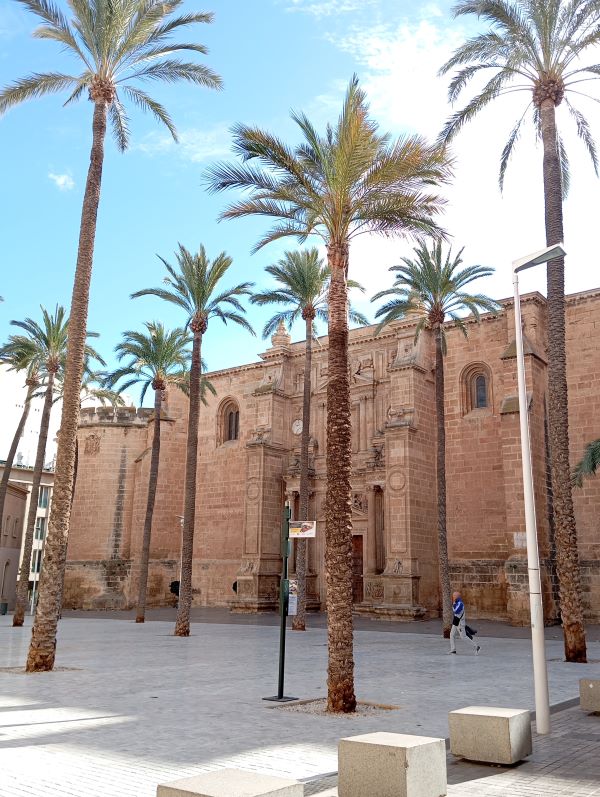
Further reading – posts on visiting the region
If you are exploring the area, check out these other posts of attractions, cities and places to explore in the area.
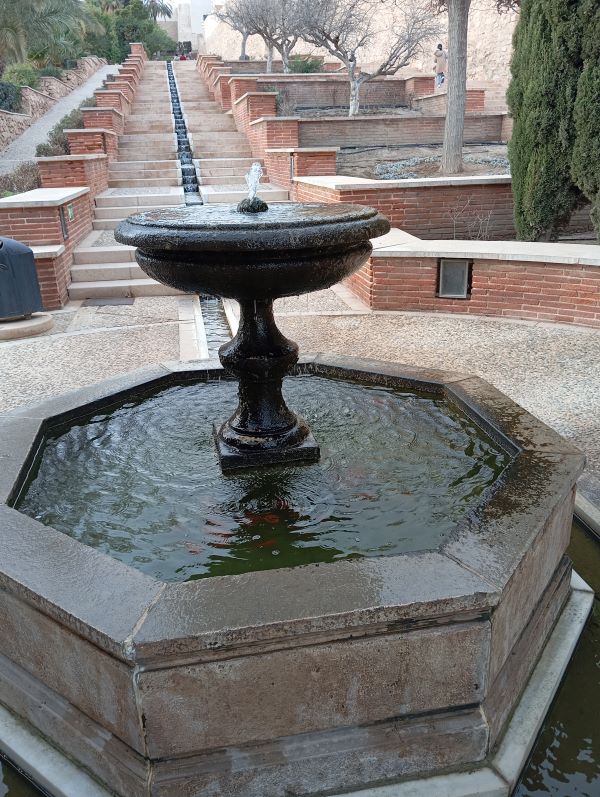
Conclusion to visiting Almeria Alcazaba
A day trip to Almedia, Spain, offers a captivating blend of natural beauty, cultural heritage especially in visiting the Alcazaba. The most iconic treasure of the region, the Alcazaba is grand and impressive. Afterwards strolling along the Old town with its fortress like cathedral or savoring local seafood at charming eateries that is predominant in the area is an easy and wonderful pastime, Almeria promises a memorable experience. to explore more of the coastal charms, hillside white villages, beaches and other unique features of the area.
As the sun sets over the Mediterranean, you’ll carry with you the echoes of history from the historic Alcazaba, the salty breeze of the coastline and white villages in Almeria, and the flavors of regional Spanish cuisine. Almeria’s unique charm and the warmth of its people make it a perfect
Thanks for checking out Visit Spain and Mediterranean, please do visit other relavant posts on the website.

About author – Noel Morata
After relocating from the United States to Andalusia in 2024, I’ve made it my mission to discover every corner of Spain. Based just east of Granada, I’ve spent over 12 months exploring Andalusia province and the rest of Spain, including multiple extended visits to Granada throughout different seasons. My background in Spanish cultural studies and years of residence and exploring all of Spain have given me unique insight into the region’s historical significance, local customs, and culinary traditions.
I regularly update my guides with the latest information gathered through personal visits and relationships with local tourism officials, always seeking what’s new and exciting in each destination. As a self-proclaimed foodie, I’m passionate about discovering authentic local markets and regional specialties.
Disclosure – some of the links above to various tours, transportation and hotels are affiliate links that benefits our site if you book here and we appreciate your support. The links are competitive, and you are not paying above what other affiliates provide.

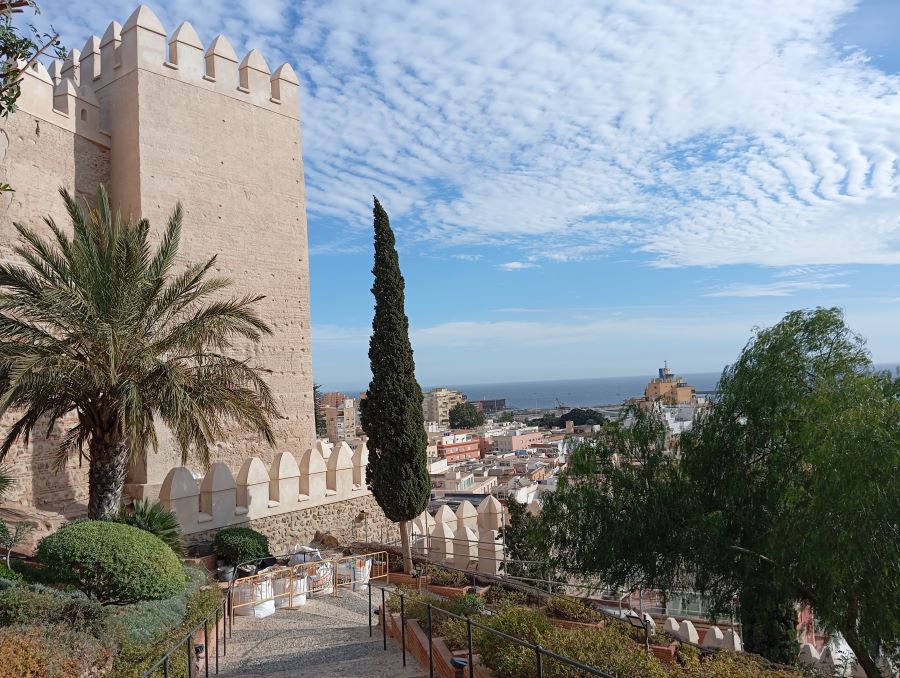
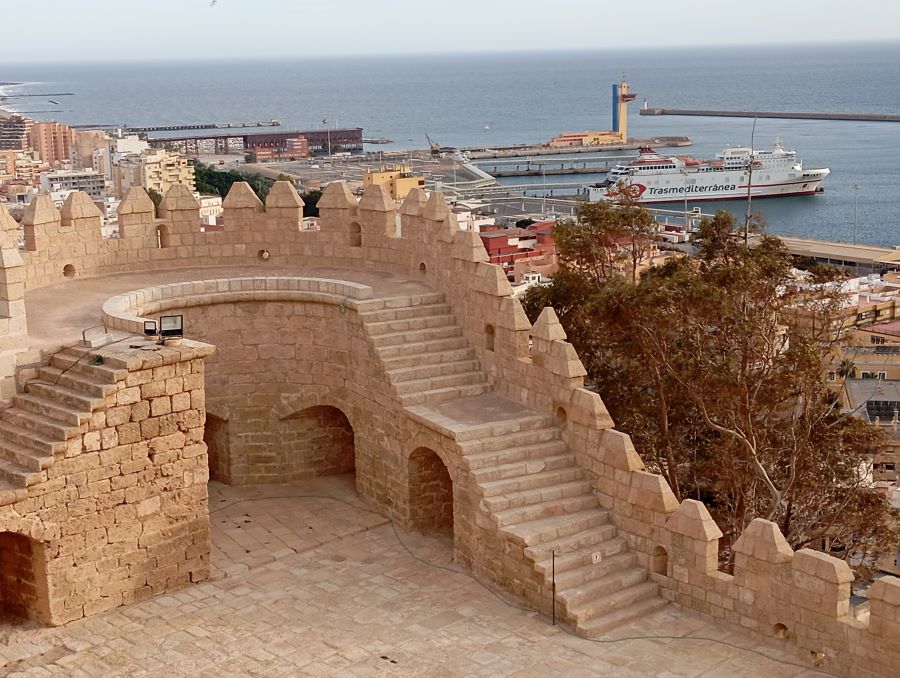
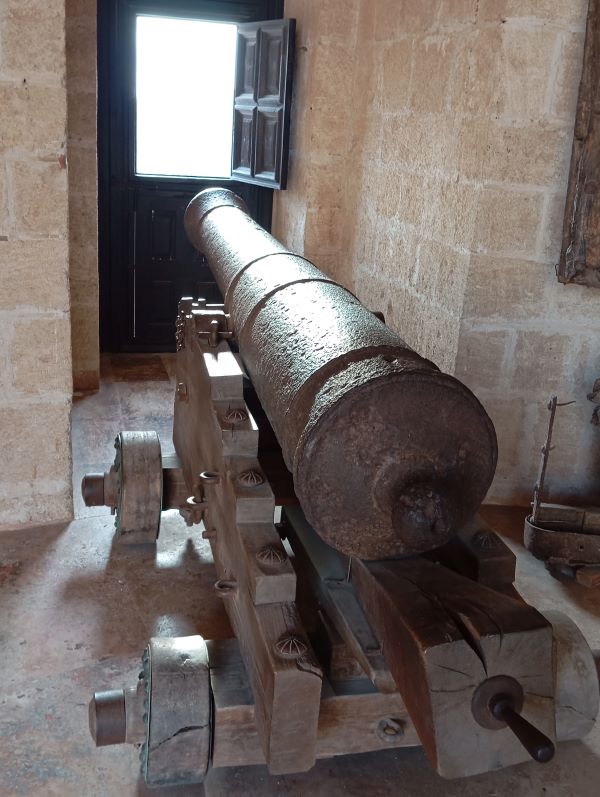
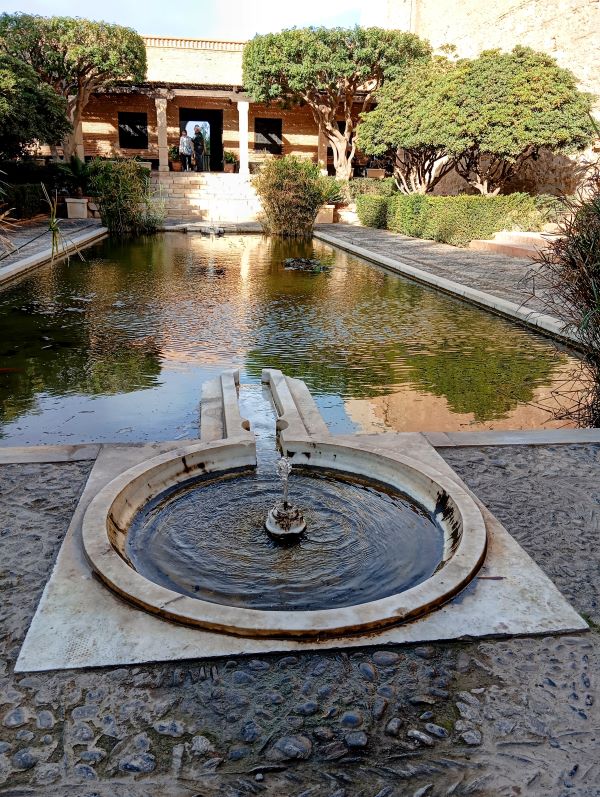
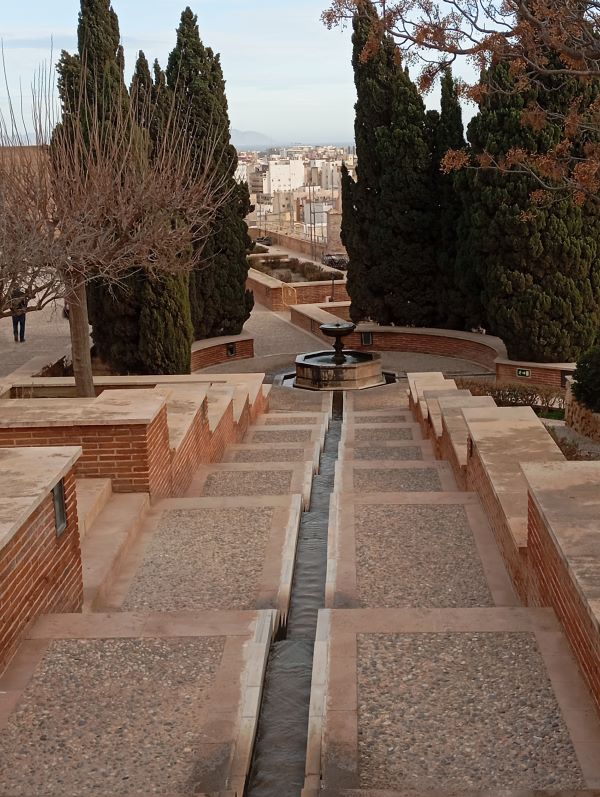
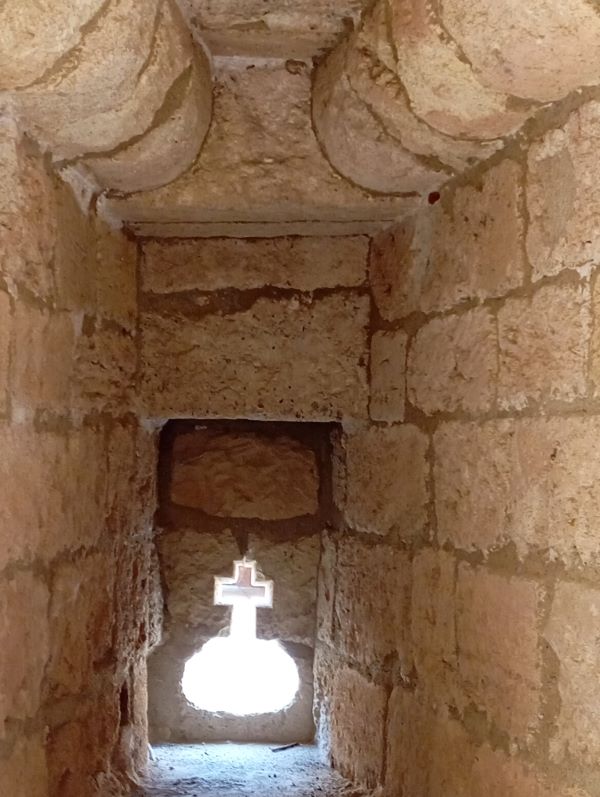
5 thoughts on “Almeria Alcazaba”